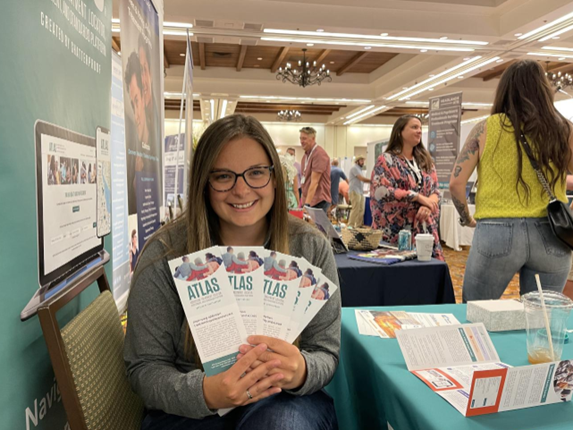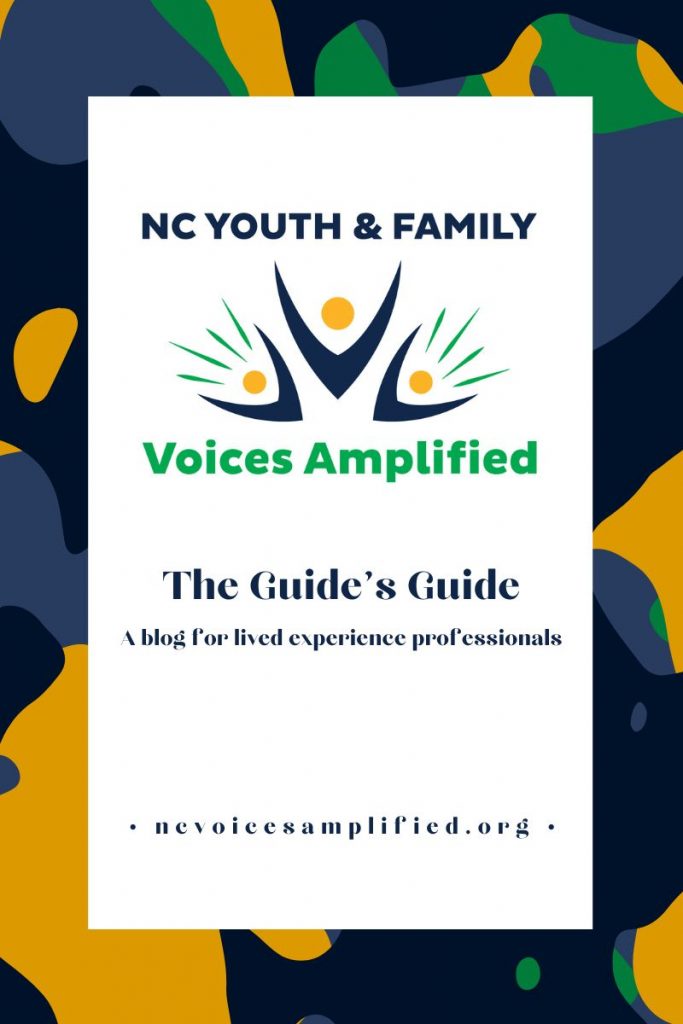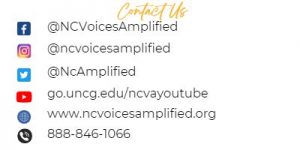We’re Thankful for North Carolina’s Youth & Professionals Who Have A Passion To Learn by Kyle Reece
As Youth Training Coordinator at North Carolina Voices Amplified, I host trainings throughout the year for a wide array of audiences. Whether I am hosting a Youth Leadership Training for transition-aged youth or providing Youth Peer Support 101 trainings for young adults with lived experience who want to provide peer support, or even trainings for community stakeholders and providers, such as our Youth Engagement webinars- the fact remains, our community has a desire to learn and support youth and young adults however they can. We see young people with a desire to gain leadership and advocacy skills, young adults who want to utilize their experiences and support youth who may be struggling, and a community of system of care focused providers who are eager to learn how they can best serve the youth they encounter. This past year we met with so many passionate youth, young adults, and professionals, and it’s important that we highlight them and the passion they bring to the trainings we offer.
One of the great pleasures of providing youth trainings is not only having the opportunity to provide youth and young adults with the tools and skills they need to be leaders within their roles, but it’s also a fantastic opportunity to meet young people who are eager and excited to be providing youth peer support and utilizing their advocacy skills. We met a 20-year-old who is getting her GED and came with her LINKS coordinator to our Youth Leadership Academy in September. Not only was she the youth who participated the most in the academy and was eager to share her experiences to further engage the conversation, but she also left with a continued desire to showcase the skills she learned in our advocacy training and was asking us how she can continue to advocate for foster care youth across North Carolina. We see young people with a desire to learn and grow as youth advocates in all our trainings. These young people recognize that they have a voice and inherent leadership skills and seek opportunities to utilize their voice through our trainings.
For many young adults who have navigated systems and services while facing mental or behavioral health challenges and were able to get they help and support they needed, they often want to give back by providing youth peer support to youth who may be facing similar challenges. This year we offered a couple Youth Peer Support 101 trainings, and we were amazed by the passion of the young adults who have made it their mission to give back. There was a young woman who took our Youth Peer Support 101 training in October, and although she is not currently in a role that provides direct peer support, she took the training with the desire to eventually provide peer support and is excited to learn about her organization can offer leadership opportunities to the youth they serve. We also trained a young woman who is so excited and eager to get started in the work that she exudes passion and energy, as well as her desire to provide direct support to youth. Having the opportunity to meet the young people who are passionate about making a difference in their communities, as well as assist them in their efforts by providing training and ongoing technical assistance is truly the highlight of our work!
We don’t stop at providing trainings to youth and young adults. With our community webinars and trainings we offer throughout the year, we meet countless professionals who are eager to learn how they can support our youth just by being educated on youth engagement and rapport building strategies. Even for those who may not be working directly with youth or providing direct services to them, they have a passion to learn about what they can do to better create a system of care that positively effects youth in their communities. This continued desire is so prevalent in North Carolina, and we are so honored to be able to offer trainings that engages professionals in thinking about how they can best serve youth through their work.
As we wrap up a very successful year of trainings and look forward to all the wonderful opportunities we will provide in 2025, we mustn’t forget that without the passionate youth who seek youth leadership and advocacy opportunities, or young adults who have a passion to provide direct peer support to youth in need, or even professionals who just want to learn more about how they can engage youth in the work they do- without these amazing people we simply could not provide such amazing training opportunities. Please take time to thank these dedicated and passionate people who make system of care in North Carolina so impactful and incredible!

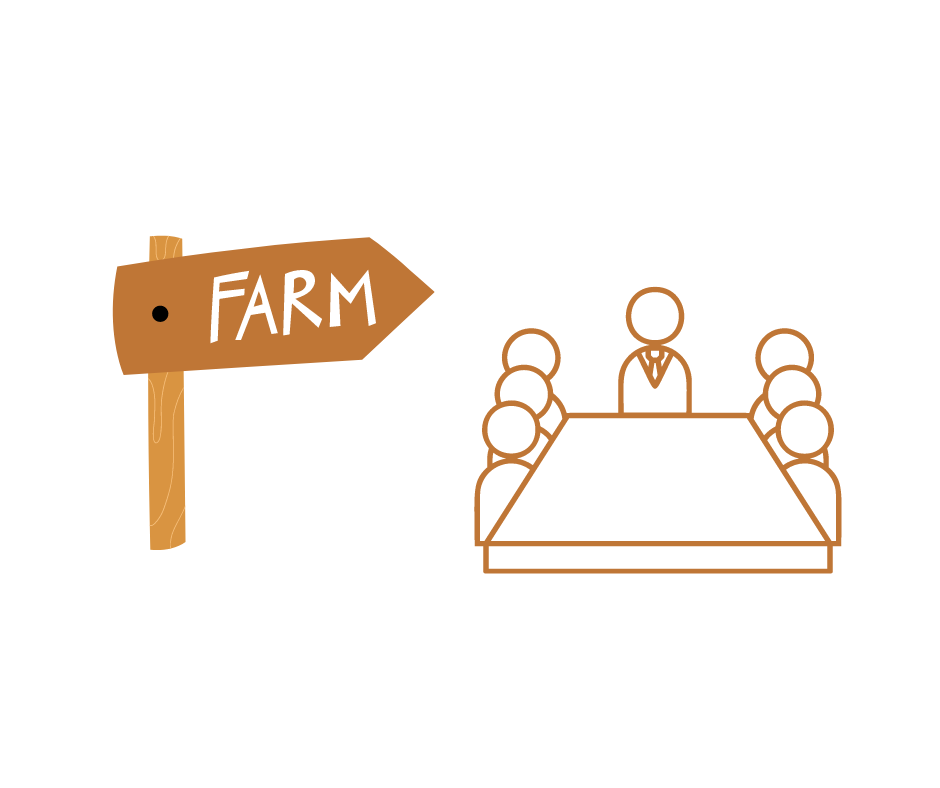


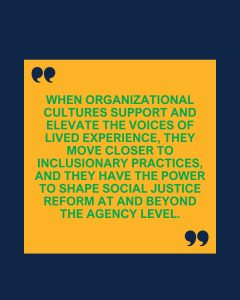
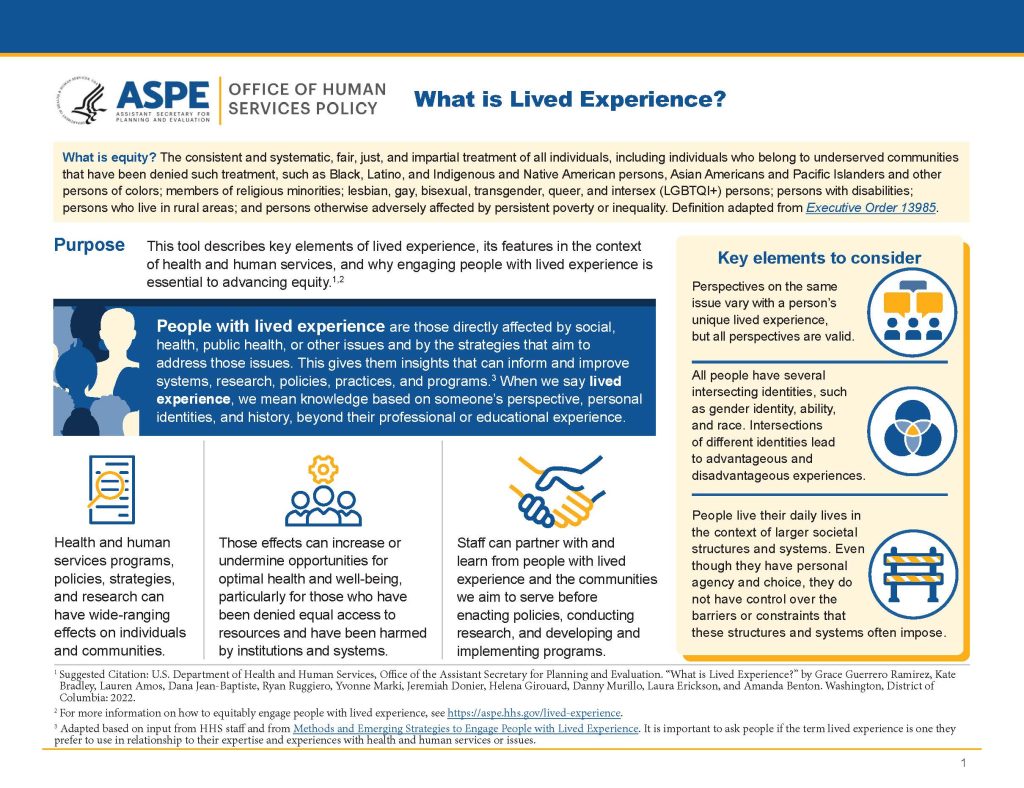
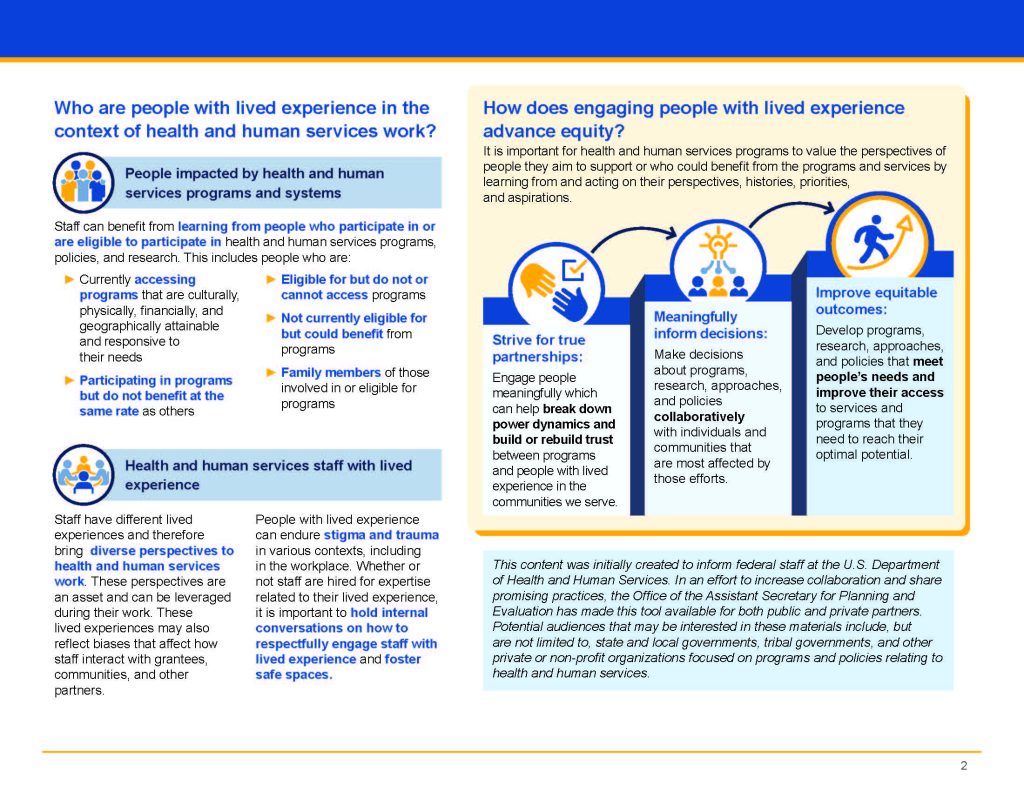
 The temperature has dropped, the daylight hours have decreased, and for some this means the Winter Blues has set in. This can be overwhelming especially for those battling the physical and mental downside the change in season while supporting those with mental health challenges. Here are three ways to combat the Winter Blues as a lived experience professional:
The temperature has dropped, the daylight hours have decreased, and for some this means the Winter Blues has set in. This can be overwhelming especially for those battling the physical and mental downside the change in season while supporting those with mental health challenges. Here are three ways to combat the Winter Blues as a lived experience professional:
